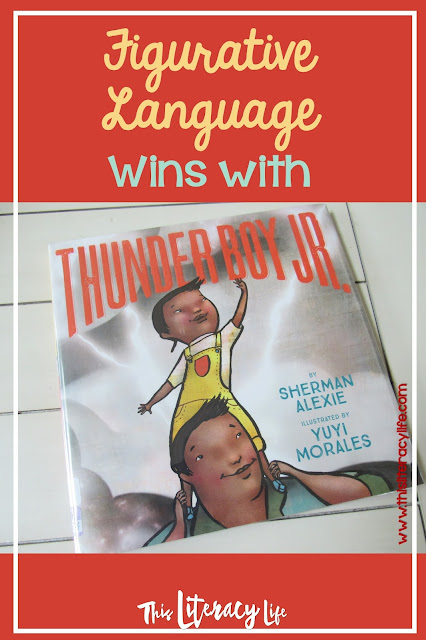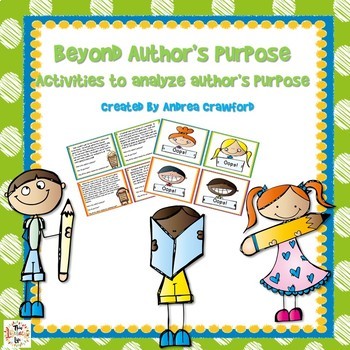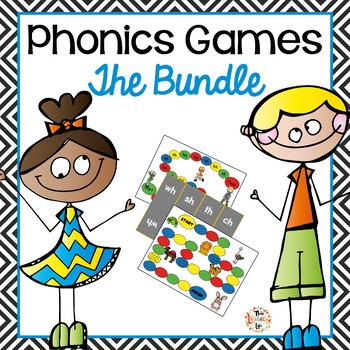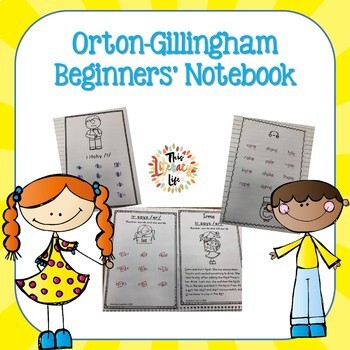Have you ever wanted to change your name? What about your students? Would they like to have a name that defines them better? On one of the last days with my fifth graders, we read Thunder Boy, Jr. and used it for the tricky skill of figurative language. {Affiliate links provided to fund future book purchases.}
Book Summary
A young Native American boy has been named after his father, but he is not happy. His dad is named Thunder Boy, but he is Thunder Boy, Jr. He doesn't like being called "Little Thunder" and wants a normal name. He even tells the reader that he would like a name that shows who he really is. Something that tells others of his accomplishments. Instead, he is stuck with his name, until his father realizes his son's plight.
Classroom Application
In Native American culture, it is common for people to have names that represent who they are. These names contain a great deal of figurative language. Throughout the book, there are tons of examples of figurative language the students can gather. The fifth graders I worked with caught on to those quickly. They simply listened to the story and focused on finding examples of figurative language.
Thunder Boy, Jr., was a hit, not only for finding figurative language, but with the students. What's so funny is that the next day, they came in asking for the book and renaming themselves.
Now that I have finished the primary list of books, I will continue with the elementary list of books. Time to start reading, reading, reading!
Pin for later!






















No comments
Leave a comment, tell me your thoughts!